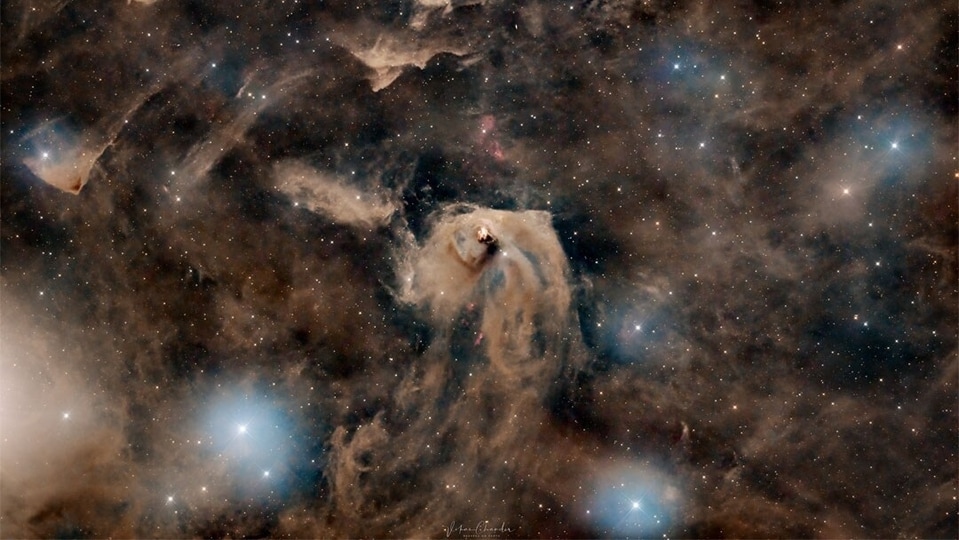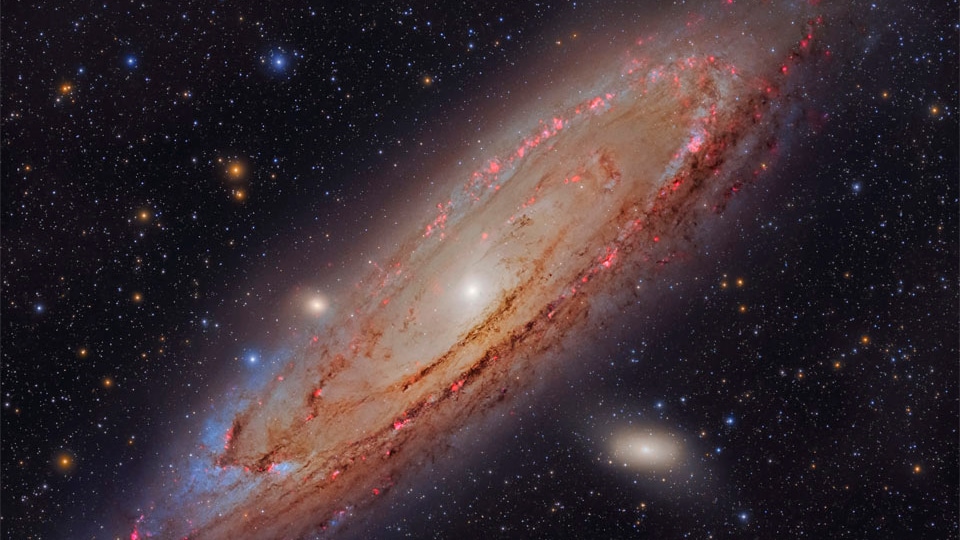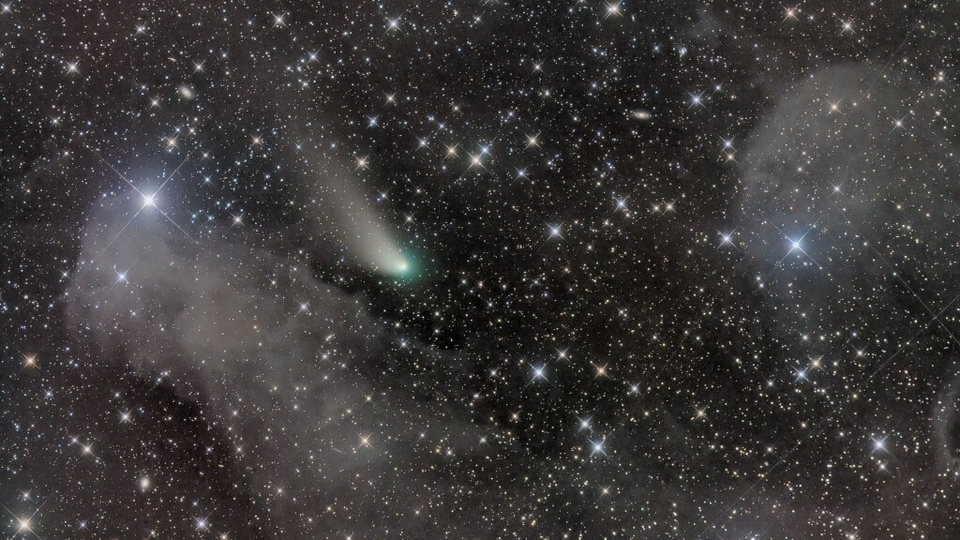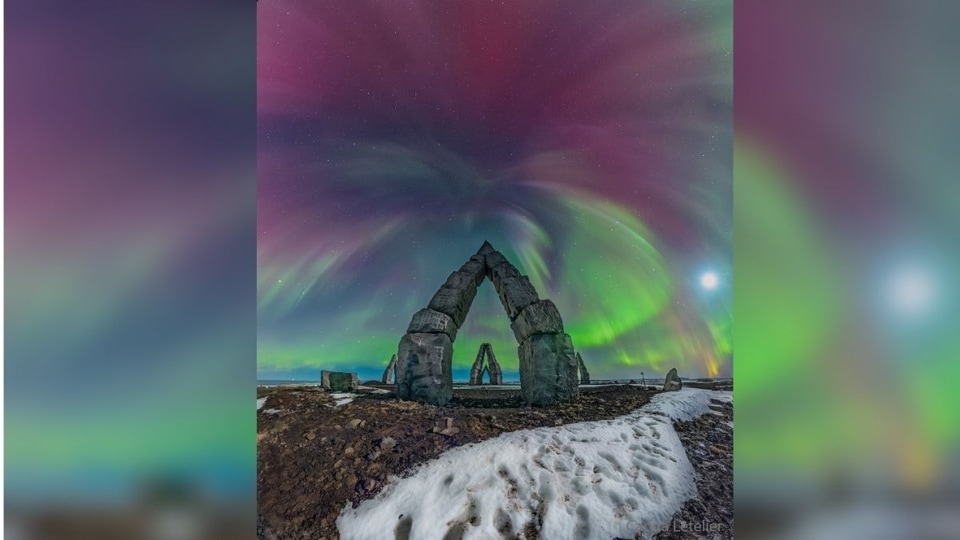NASA Astronomy Picture of the Day 27 March 2023: Geomagnetic storm sparks amazing auroras
NASA Astronomy Picture of the Day is a breathtaking image of auroras spread across the sky. Amazingly, it captures familiar constellations too.






 View all Images
View all ImagesIn the past couple of days, you may have seen images of auroras shared by people on social media. The sudden surge in auroras is due to a large hole in the Sun's corona that resulted in a strong geomagnetic storm on Earth. Resultantly, millions of people in the US witnessed the magnificent Northern Lights triggered by this incident, which served as the catalyst. Even NASA's Astronomy Picture of the Day for March 27 is dedicated to a mesmerizing view of an Aurora over the Arctic.
The image is set at the peaks of the iconic Arctic Henge in Raufarhofn in northern Iceland and it shows the aurora-filled sky aligned with various other stars. It says, "Some are lined up toward the exact north from one side and toward the exact south from the other."
The featured image was taken after sunset late last month. NASA explains while sharing the photo that, "it looks directly south, but since the composite image covers so much of the sky, the north star Polaris is actually visible at the very top of the frame." You can also see some familiar constellations including the Great Bear (Ursa Major) on the left, and the Hunter (Orion) on the lower right.
"The quest was successful. The sky lit up dramatically with bright and memorable auroras that shimmered with amazing colours including red, pink, yellow, and green -- sometimes several at once," NASA added.
How do auroras form?
The auroras are formed by streams of electrified particles trapped in the Earth's magnetic field, which are emitted by the Sun. NASA explains that when a solar storm comes in the direction of the Earth, some of the energy and small particles travel down the magnetic field lines at the north and south poles into Earth's atmosphere. Resultantly, when charged particles from the sun collide with the planet's magnetic field, geomagnetic storms occur.
These particles converge above the poles by the Earth's magnetic field lines, which is why we observe auroras in these areas. Auroras appearing at the northern pole of the Earth are commonly known as Northern Lights or Aurora Borealis, similarly, the auroras on the South Pole are called Southern lights, or Aurora Australis.
Catch all the Latest Tech News, Mobile News, Laptop News, Gaming news, Wearables News , How To News, also keep up with us on Whatsapp channel,Twitter, Facebook, Google News, and Instagram. For our latest videos, subscribe to our YouTube channel.































